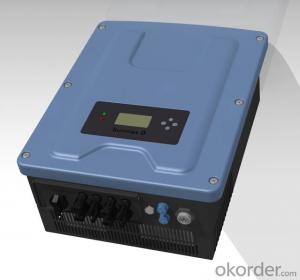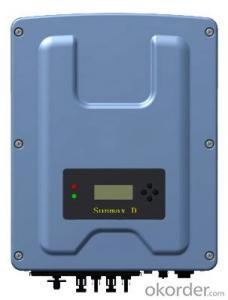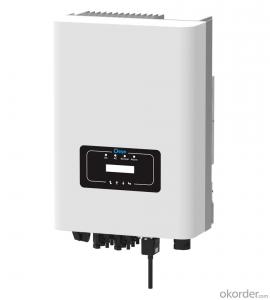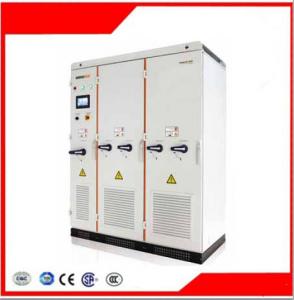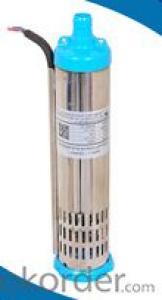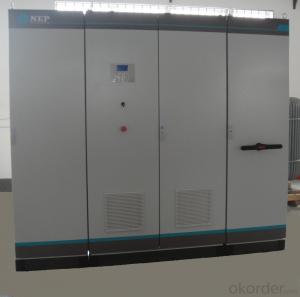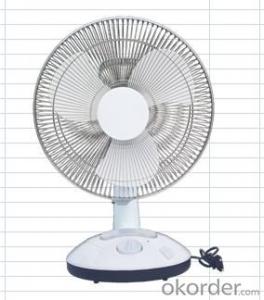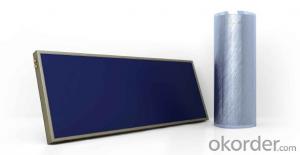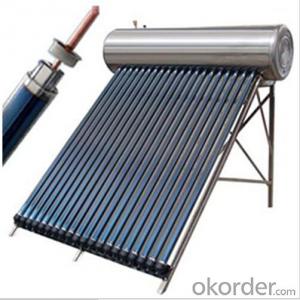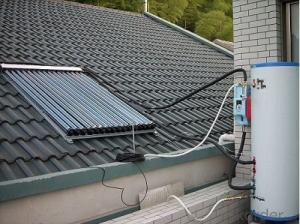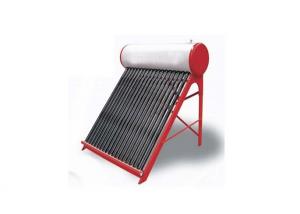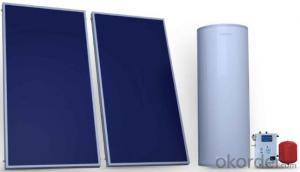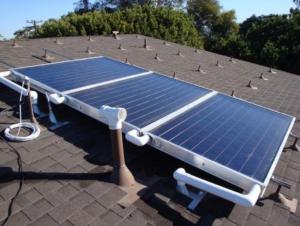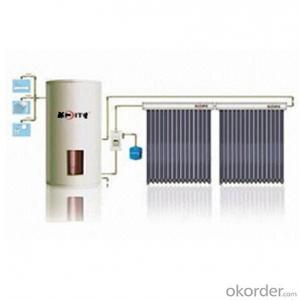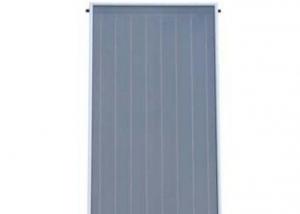Solar Max Inverter
Solar Max Inverter Related Searches
Max Solar Inverter Max Power Solar Inverter Solar X Inverter Fox Solar Inverter Powermax Solar Inverter Solar Solar Inverter Solar Plus Inverter Sun Solar Inverter Maxpower Solar Inverter Solar Best Inverter Solar Battery Inverter Solar Pro Inverter Solar Inverter Mexico Solar Flex 200 Inverter Solar Micro Inverter Solar System Inverter Solar Converter Inverter Solar Plant Inverter Solar Light Inverter Power Solar Inverter Solar Smart Inverter Solar Tech Inverter Battery Solar Inverter Solar Electric Inverter Solar Power Inverter System Inverter Solar Inverex Solar Inverter Solar Inverter Makro Solar Panel Inverter Solar Hybrid InverterSolar Max Inverter Supplier & Manufacturer from China
Solar Max Inverter is a high-quality product designed to optimize the performance of solar energy systems. It is engineered to convert the direct current (DC) generated by solar panels into alternating current (AC) that can be used by homes and businesses. This inverter plays a crucial role in ensuring that solar power is efficiently harnessed and utilized, making it an essential component in any solar energy setup.The Solar Max Inverter is widely used in various applications, including residential, commercial, and industrial settings. It is particularly beneficial in areas where access to traditional energy sources may be limited or unreliable, providing a sustainable and eco-friendly alternative. This product is also ideal for off-grid systems, where it can help store and manage solar energy for later use, ensuring a continuous power supply even during periods of low sunlight.
Okorder.com is a reputable wholesale supplier of Solar Max Inverter, boasting a large inventory to cater to the diverse needs of customers worldwide. With a commitment to offering top-notch products at competitive prices, Okorder.com ensures that businesses and individuals can access the Solar Max Inverter they need to enhance their solar energy systems and achieve their sustainability goals.
Hot Products





